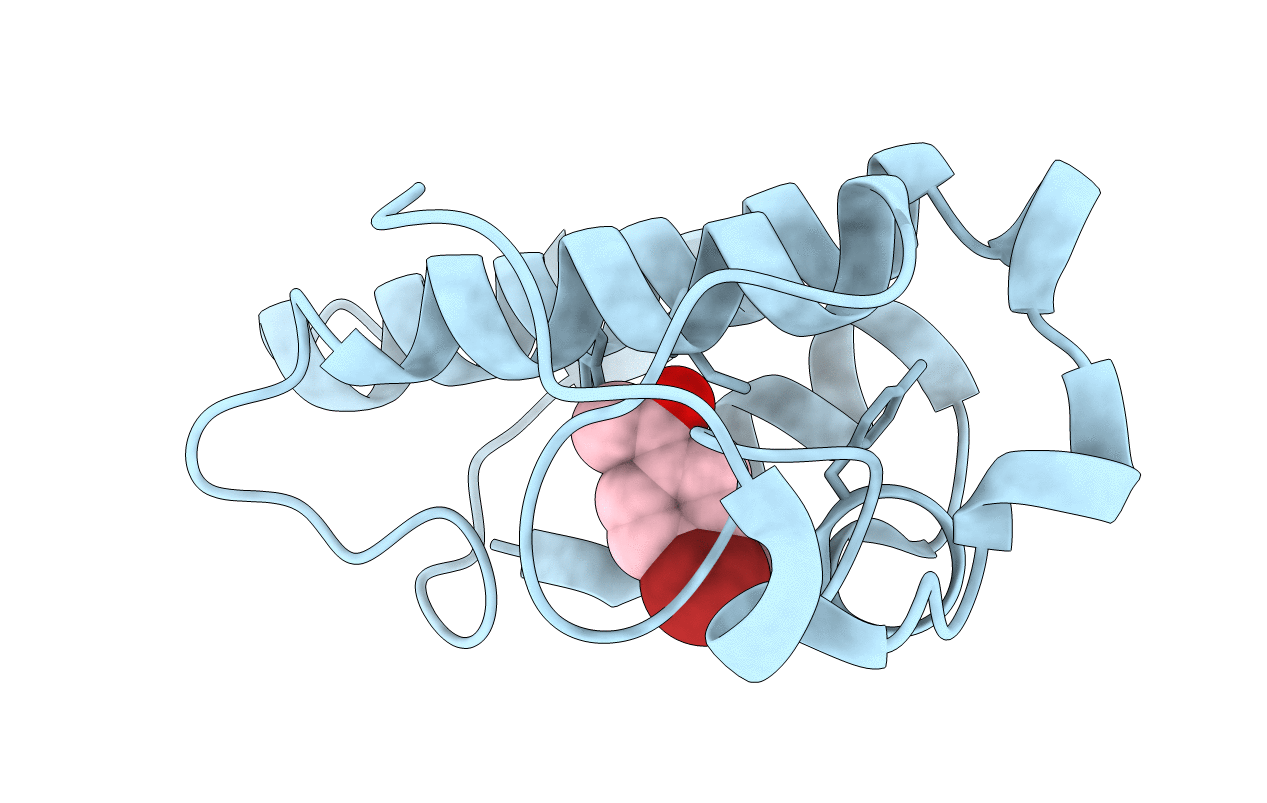
Deposition Date
2009-06-24
Release Date
2010-05-12
Last Version Date
2024-11-06
Entry Detail
PDB ID:
3I03
Keywords:
Title:
Crystal structure of bothropstoxin-I chemically modified by p-bromophenacyl bromide (BPB) - monomeric form at a high resolution
Biological Source:
Source Organism:
Bothrops jararacussu (Taxon ID: 8726)
Method Details:
Experimental Method:
Resolution:
1.48 Å
R-Value Free:
0.22
R-Value Work:
0.20
R-Value Observed:
0.20
Space Group:
C 2 2 21


